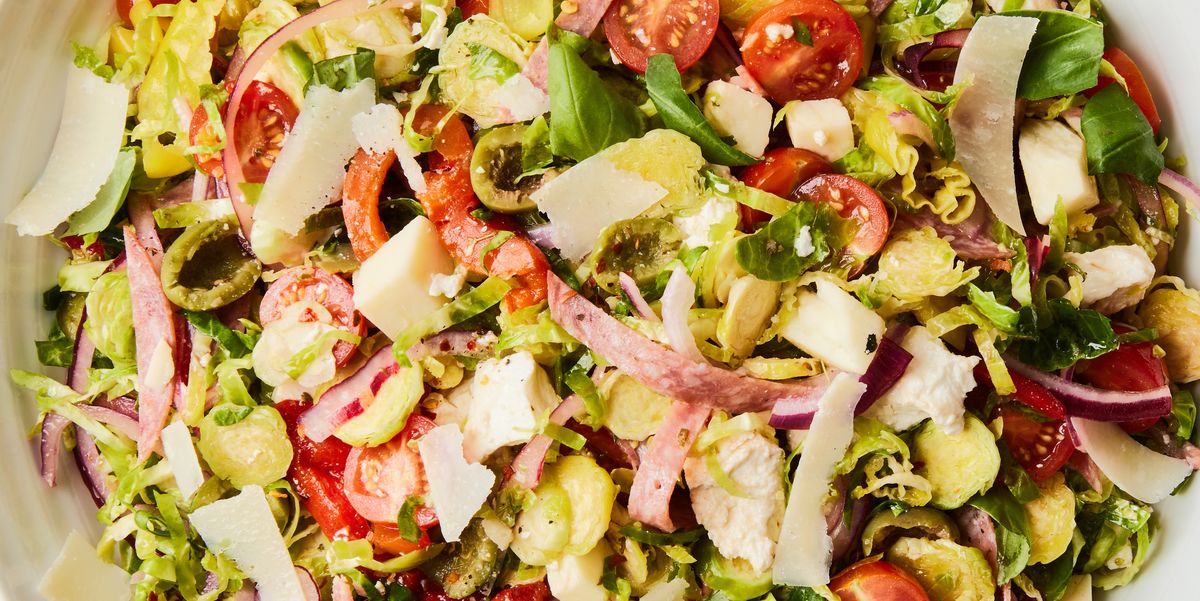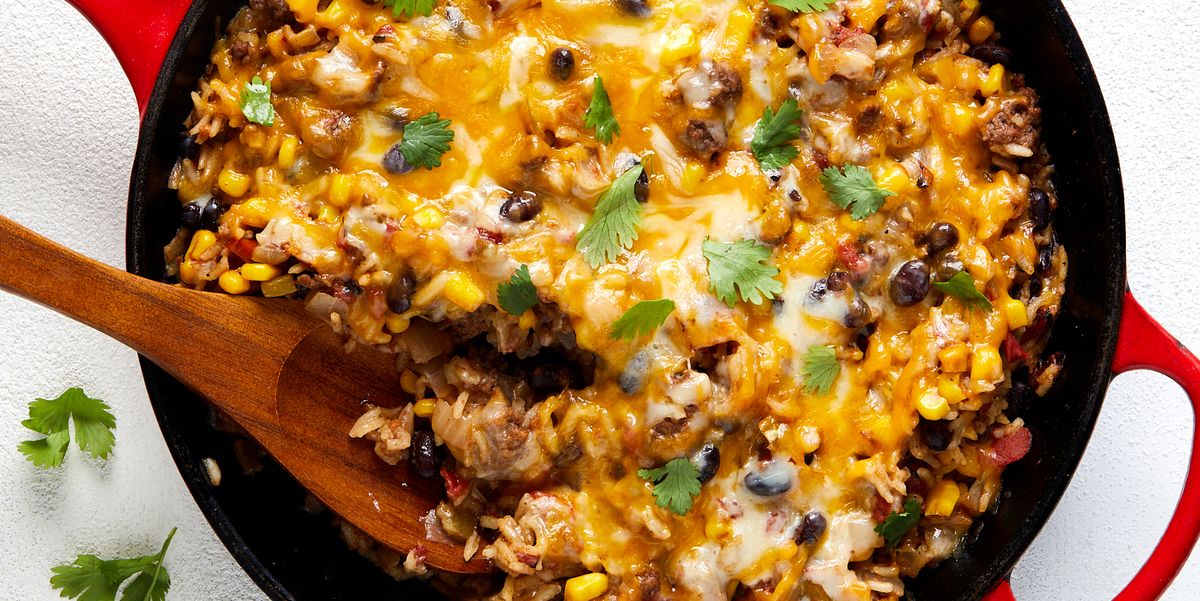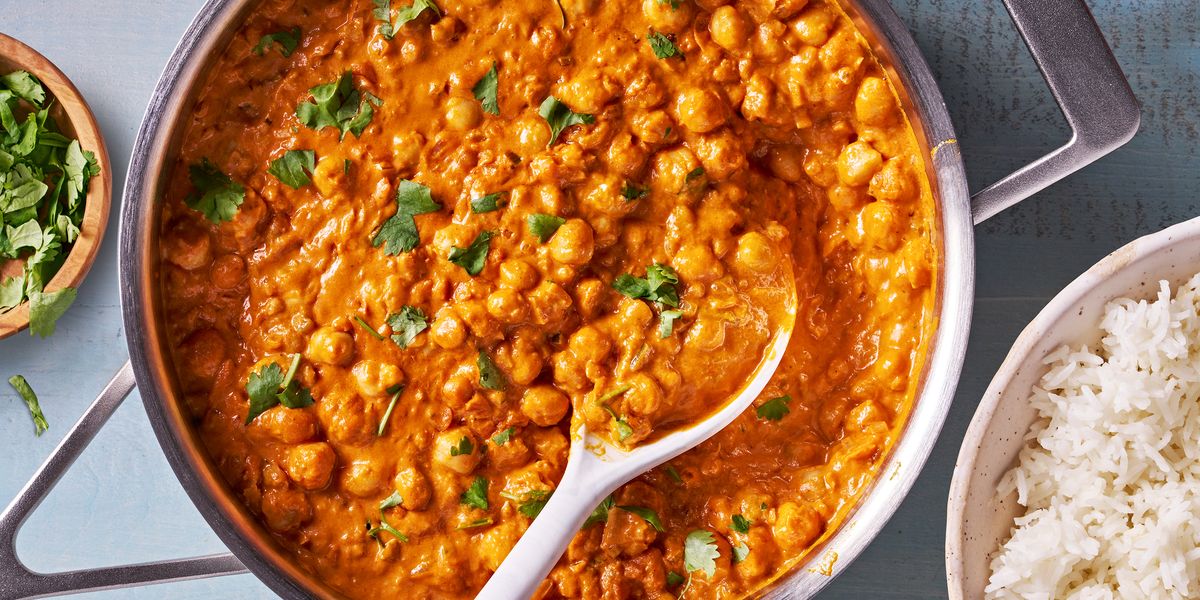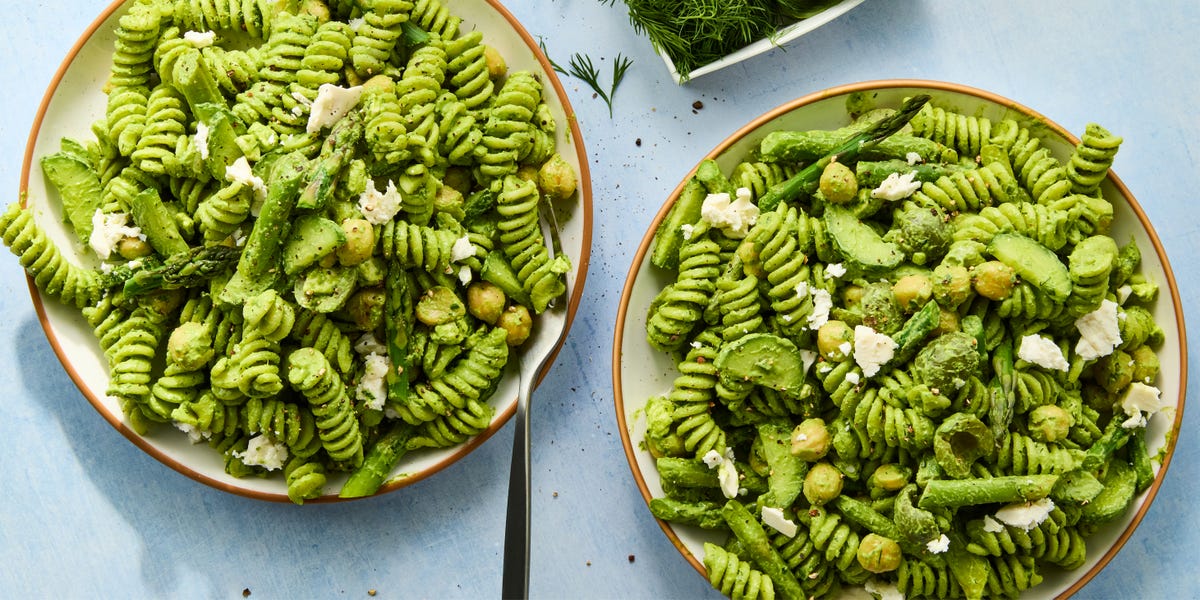Red velvet cake sounds so luxurious—like a soft, creamy, and expensive version of a regular cake, but so much better. Despite red velvet cake’s popularity in recent years, most people have no idea what the dessert really is, assuming it’s chocolate cake with lots of red food coloring added. Although a traditional red velvet cake has elements of a chocolate cake, there are a few key ingredients that make it so distinctly different from other cakes. The list of those ingredients might surprise you!
Where Does Red Velvet Cake Come
Before the 1920s, red velvet cake was more of a rust color than the brighter scarlet you usually see now. A chemical reaction among a few key ingredients occurred (more on that in a second) to create that deeper reddish tone naturally. In the 1920s, food coloring company Adams Extract of course wanted to sell more food dye, and released a recipe made with red food coloring that really amped the color up to what we usually see today.
What Is Red Velvet Cake?
On top of having all the typical cake ingredients (flour, sugar, butter, and eggs), red velvet cake is also comprised of cocoa powder, buttermilk, and vinegar. When combined, these ingredients create the color as the cocoa powder reacts to the acids. However, if you try this today sans red food coloring, it might not turn out to be that red. Some cocoa powders today are alkalized, a.k.a. not processed in the same way as they were in the early 20th century, so it’s best to just opt for the artificial stuff if you want that expected vibrant color.
However, don’t skimp on those strange additions. The buttermilk and vinegar give the cake that tender, light, and fluffy texture. Red velvet cake is also usually paired with white cream-cheese frosting. The white contrast highlights the lush red color, while the tanginess of the cream cheese plays off the buttermilk so well. We’re so glad this cake has come back into favor over the last decade or so. It’s always a showstopper!
















Leave a Reply